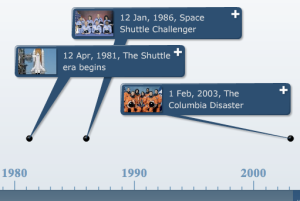There has been an explosion of Twitter users the past six months or so, which is interesting. There’s talk of the next big thing, how it is taking over for Facebook and changing the social interaction online and communication. I have used Twitter myself now for three years or so and in the beginning it was a community of three in my sphere and we kept each other updated on trivial details of our lives.

Using Twhirl from my desktop to update.
It became really useful when I set up a blog for a particular journey in the Caucasus and wanted to add a more realtime update to it other than the weekly blog entry. I embedded my tweets and my blog “came alive” with answers to the ubiquitous question “What are you doing now?” from the road.
Twitter really becomes more valuable the more interesting people you follow. I follow teachers and educators, but also journalists and musicians as well as people within the tech-industry and a nice selection of friends. Arne Krokan coined “thin tweets” and “thick tweets”, which I thought was interesting. It is actually more interesting to answer the Why? than What? in many instances. I particularly enjoy using Tweetsville for finding interesting resources and links, and hopefully share some of my own discoveries.

Twitter is constantly working on improving the expanding population of tweeters.
Surfing and reading up on edublogs across the net I realize that teachers have tried to use Twitter in their teaching, and I am intrigued by it. Nevertheless, I cannot quite see how it can be implemented in my class of ninegraders. I am familiar with Twitter Parties and Events like displayed in the screencast beneath, but I am not sure if I want to pursue it myself in my lessons.
What is true though is that I really benefit personally from the fantastic source of information, knowledge and competence which exists out there in Tweetsville. I have tried to convince others, but many shrug their head and don’t quite see the beauty of it. Personally I find that Facebook has become a dusty old interactive yearbook, whilst Twitter has taken a leap forward and keeps growing in importance to my online life.
Keep tweeting.
Useful guides for meaningful tweeting:
Art of the Tweet
Twitter is Messy
My Twitter name: mortenoddvik



